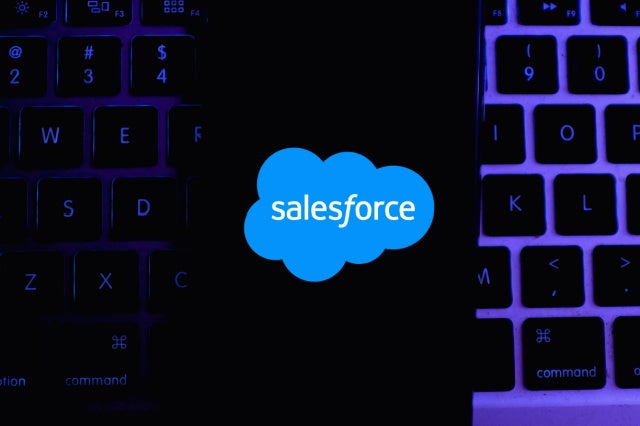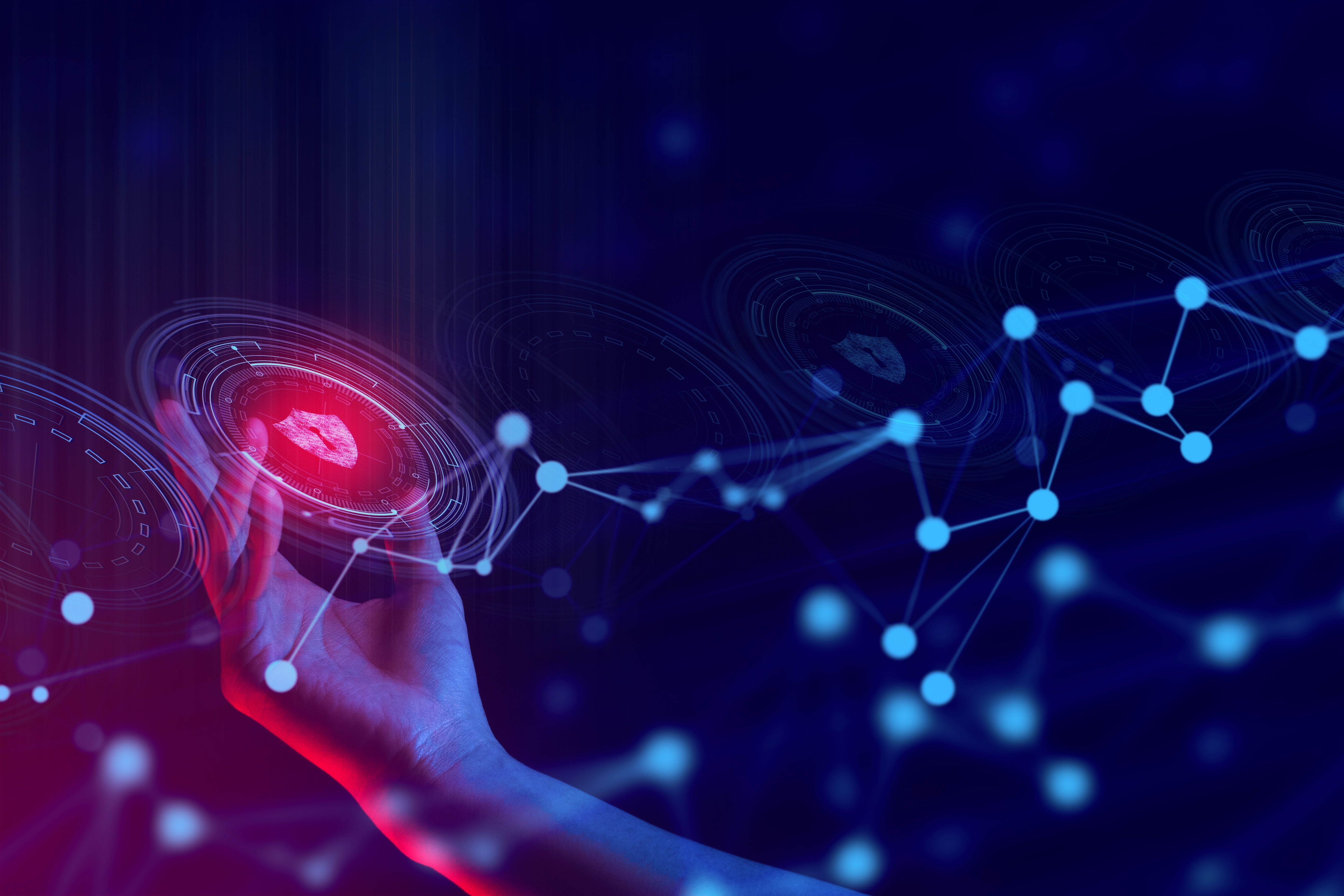3 Ways to Mitigate Ransomware Threats for your Remote Workers
The ongoing global pandemic has been a watershed moment for remote and work from home employment. While there has been a steady growth in remote employment over the years, the past few months has seen an unprecedented explosion with organizations increasingly vulnerable to security risks. As employees are forced to go remote, taking them out of the established security protocols of their physical business locations, the risk of ransomware or other cyber threats has significantly grown.
“Organizations of all kinds are facing an uptick in email-based threats, endpoint-security gaps and other problems as a result of the sudden switch to a fully remote workforce”.
With so many remote workers, the number of endpoints has increased dramatically, expanding the perimeter of a firm’s network and increasing the attack surface that cybercriminals can target. Cyberthreats in general have increased significantly – a 37% month-over-month increase as of April 2020.1 This alone poses an increased threat of ransomware attacks against remote workers. One thing is certain – safeguarding the data on your employees’ endpoint is a must. Strengthening endpoint controls allow organizations to trust in the integrity of their data and systems wherever the employee is accessing them, and whatever device they’re using.2
Three ways to mitigate risk of ransomware and other threats
#1 – Protect the endpoints: Even before the recent increase in remote workers, endpoint security was a challenge. In a recent study on the state of endpoint security risks, 68% of the respondents said that their company was hit by one or more endpoint attacks over the past 12 months that successfully compromised data or IT infrastructure, an increase of 54% from 2017.3 Having solid endpoint backup and recovery with advanced features like anomaly detection and granular restore are critical to restoring productivity after an attack (see reasons 2 and 3 for why those features are key).
#2 – Build in automated and proactive anomaly detection: Early detection is key to minimizing breach and ransomware impact. Organizations that can respond quickly and shrink their window of exposure have greater ability to successfully defend against attacks and protect their critical assets. Data protection tools that help detect these threats by identifying anomalous behavior while providing backup and recovery services present a multi layered defense against attacks and are better suited to protect your valuable data. That’s why your data backup and recovery solution should include features like anomaly detection. With anomaly detection, abnormal file access patterns are identified so you can take action before your data is compromised.
#3 – Don’t settle for tools that slow down your efficiency: In the event you do have a data breach, you need to access the data you lost and get employees up and running as quickly as possible. Granular recovery gives you the ability to quickly find and recover the data you need. Less sophisticated data backup and recovery solutions may not include features like global indexing with search and granular recovery, delaying the productivity of the employees affected.
MetallicTM Endpoint Backup & Recovery protects your laptops and desktops using enterprise-grade features like anomaly detection and granular, flexible restore in a SaaS-based platform for easy, fast recovery.
And because we know many businesses need this protection, now more than ever, MetallicTM Endpoint Backup & Recovery is being offered free of charge for up to 1,000 endpoints with unlimited Azure storage until September 1, 2020. Hundreds of companies from law firms to universities and government agencies have taken advantage of this opportunity. Visit metallic.io/endpoint-offer/ for more details or to get up and running with laptop protection for your employees in 15 minutes or less.
- Forbes, Beware: Remote Work Involves These 3 Cyber Security Risks, Apr 10, 2020: https://www.forbes.com/sites/carrierubinstein/2020/04/10/beware-remote-work-involves-these-3-cyber-security-risks/#3e15f77761c4
- HelpNetSecurity, Most IT leaders believe remote workers are a security risk, Apr 27, 2020: https://www.helpnetsecurity.com/2020/04/27/remote-workers-security-risk/
- TechRepublic, Cyberattacks against endpoints rising, reaching $9 million per attack in 2019, Jan 29, 2020: https://www.techrepublic.com/article/cyberattacks-against-endpoints-rising-reaching-9-million-per-attack-in-2019/


